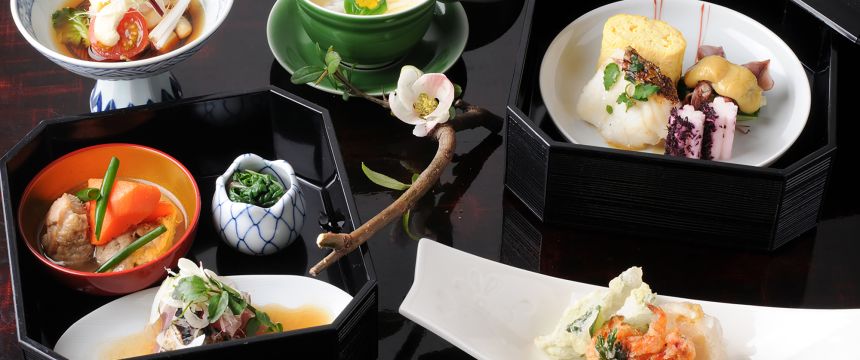Shimabara, Nagasaki Prefecture - Kyushu

Travel to Shimabara, a Nagasaki Prefecture castle town on the island of Kyushu. Located on an alluvial fan on the eastern shore of the Shimabara Peninsula, the city is blessed with so many natural springs that its nickname is the City of Water.
A trip to Shimabara is a trip into the past—from the city’s reconstructed castle and centuries-old waterways to the regional specialties that have filled the bellies of Shimabara folk for generations.
Journey back in time, and discover Japanese Christians, rebellion, perseverance, and revival.
The Living History of Shimabara
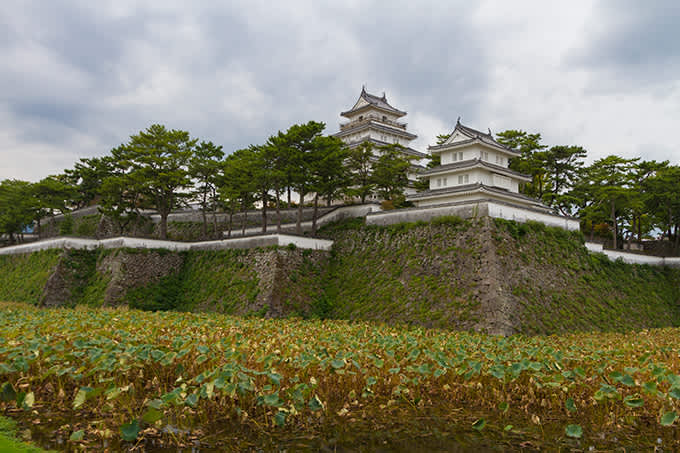
In Shimabara, the past is alive. From the cosplaying feudal lords wandering the castle grounds to the revived recipes that guide local fare, a thousand yesterdays are around every corner.

The history of the city is rich and includes a major uprising—the Shimabara Rebellion of 1637–1638—that led to the region’s devastation. In the years that followed, there was revitalization of the city but also oppression of the area’s Roman Catholics, who were forced underground. Christianity became a hidden world with religious imagery concealed in plain sight, such as the Maria Kannon, a statue of the Virgin Mary disguised as the Buddhist goddess of mercy.
It’s an incredible history in an incredible city, and it’s yours to discover.
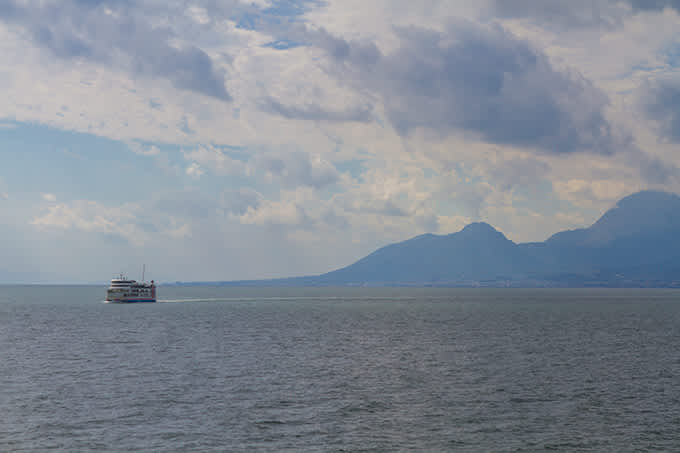
Cruise into Town on the Ariake Ferry
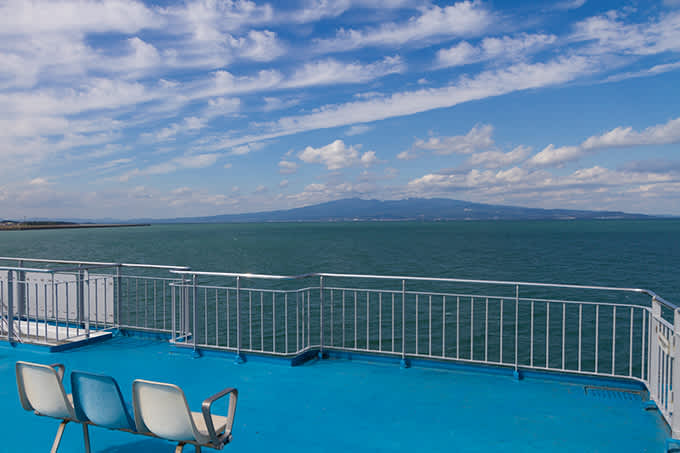
Set sail for Shimabara—adding a boat ride across the Ariake Sea to your day. The city can be reached by bus or car from the Nagasaki area, but approaching it across the water is an exciting, not to mention beautiful, way of starting your trip.
The Ariake Sea is Kyushu’s biggest bay and is home to a species of small porpoise called the black finless porpoise. If you’re lucky, you’ll catch a glimpse of these sleek swimmers during your crossing.

Even if luck isn’t on your side, however, you are still in for a treat. The trip from Nagasu Port in Kumamoto to Taira Port in Shimabara affords stunning views of mountains and cityscapes.
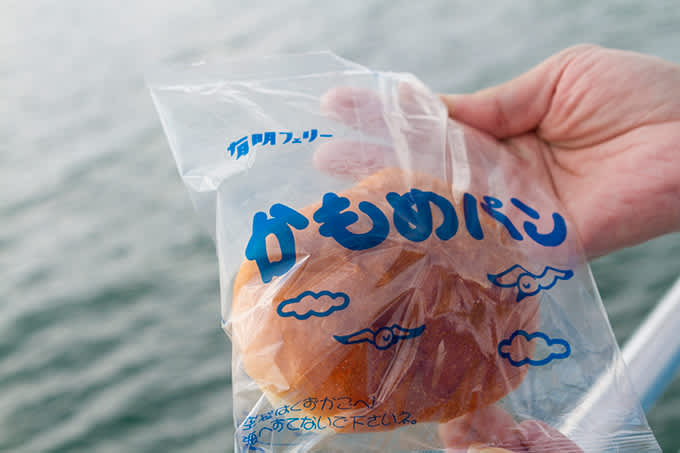
If you visit between fall and spring, you’ll be joined by flocks of common gulls spending the winter in the area. Preservative-free, seagull-friendly bread—called Kamome Pan (Seagull Bread)—is sold on board should you want to give the birds a bite to eat. Pop a piece into your own mouth while you’re at it—the bread is delightfully fluffy and delicious.

Before you know it, you will have arrived at Taira Port. Hop on a train or hail a taxi, and head for the castle town.
Walk Among Warriors at Shimabara Castle

Strong walls and an impressive moat encircle Shimabara Castle, which rises five stories into the sky. The castle was built by Matsukura Shigemasa, with construction beginning in 1618 and finishing seven years later.
What you see isn’t the original castle, however. After having hosted nineteen generations of feudal lords from four different clans, the castle was abandoned early in the Meiji period (1868-1912) and subsequently dismantled. In 1964, the donjon was rebuilt, and the site became a museum dedicated to Shimabara’s history and culture.

An army of warriors awaits your visit. These samurai are part of the Shimabara Bushoutai, a team of hospitality warriors who roam the grounds providing answers to questions, posing for photos, and putting on the occasional demonstration. Get in on the fun for a photo by becoming a samurai or ninja in historical dress at the cosplay corner by the donjon’s entrance.

Back in your own clothes, head inside for a deep dive into history. Inspect historical documents and relics detailing the history of Christianity in the area, including the years of underground worship by “hidden” Christians; the devastating rebellion; the lives of the daimyo lords; and the lives of the common folk. Once you are fully informed, head to the top floor to enjoy a 360-degree view of the surrounding area.

Now that your head is filled with local knowledge, it’s time to satisfy your appetite with local specialties.
The Soup That Sustained an Entire Rebel Army

During the Shimabara Rebellion, the rebel army was besieged in their stronghold for three months. The story is that the rebels combined mochi (glutinous-rice cakes) with ingredients from the sea and the mountains to make a Japanese soup known as ozoni. It was this soup that allowed them to hold out for so long.

One hundred and seventy-six years later, in 1813, a local shopkeeper used the rebel’s ozoni as a base for what was to become a Shimabara specialty, guzoni. Gu indicates “solid ingredients” in Japanese, so guzoni’s name literally means an ozoni, but packed with extra sustenance.

Enjoy a bowl of the hot, filling soup at Himematsuya, which is still run by the descendants of the dish’s creator. The soup contains thirteen ingredients, including burdock root, chicken, and grilled conger eel, in a bonito broth.

Of course, this being a soup from the City of Water, both broth and mochi are made with fresh spring water. It’s a taste from the city’s past—and a taste of the city itself.
Rejuvenate with a Tale of Sweet Rebirth
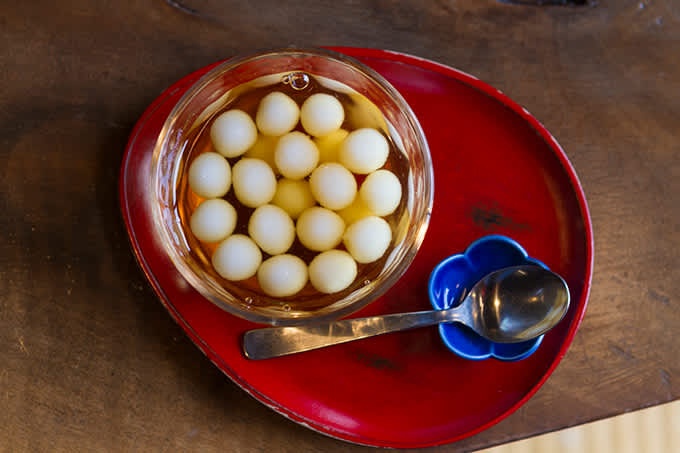
Spring water makes it into much of the local cuisine, and in fact, an exploration of the city will uncover timeworn, but still used, water basins for proper public use of the water. For example, water basins closest to the spring’s origin provide water for cooking; the next closest basins provide water for washing dishes, and so on.

Beside the spring of Hamanokawa Yusui, you’ll find Ginsui, a much-loved sweets shop that closed in 1997 after the second-generation owner’s death—and which, thanks to community efforts that included painstakingly recreating a secret recipe, was reopened as the Tourism and Cultural Exchange Center in 2016.

The original shop is famous for being the creator of the local delicacy kanzarashi. Consisting of dumplings made of shiratama (glutinous rice) flour in a subtly sweet secret syrup, the dish makes use of spring water from Hamanokawa Yusui for cooling and cooking purposes.
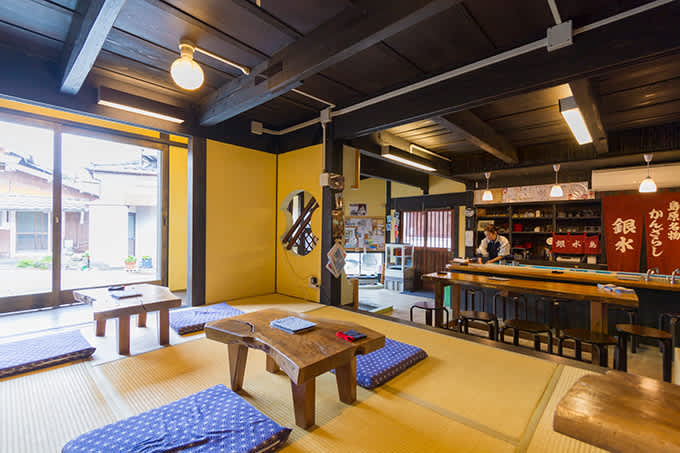
Enjoy a cool Shimabara treat in the original shop’s refurbished interior. In winter, warm up with a steaming bowl of zenzai, a sweet soup of azuki beans and the same kind of shiratama dumplings as those in kanzarashi.
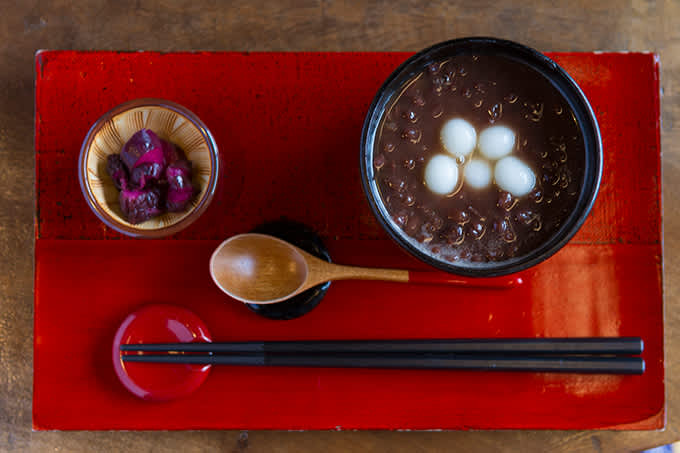
It’s another taste of the city. Sweeter and more recent, yes, but made with the same water and spirit of perseverance that went into the venerable guzoni.

Set a course for Shimabara, and explore the city’s unique history while enjoying its historical cuisine. With its soaring castle walls, narrow alleys, and gushing springs, Shimabara invites you to experience a present time that is entwined with the past. Dive deep into the City of Water.
Contact Information
Ariake Ferry
Taira Port Terminal: 2-28 Hijikuro, Kunimi-cho, Unzen, Nagasaki Prefecture 859-1311
Nagasu Port Terminal: 2168-25 Nagasu, Tamana District, Kumamoto Prefecture 869-0123
Himematsuya
1-1208 Jonai, Shimabara, Nagasaki Prefecture 855-0036
Shimabara Castle
1-1183-1 Jonai, Shimabara, Nagasaki Prefecture 855-0036
Tourism and Cultural Exchange Center—Ginsui
2-1093 Shirachimomoyama, Shimabara, Nagasaki Prefecture 855-0811
How to Get There
Shimabara is located on the east coast of the Shimabara Peninsula in Nagasaki Prefecture on the island of Kyushu. The closest airport is Nagasaki Airport, which is served by direct flights from a number of domestic airports. It takes approximately two hours to travel from the airport to Shimabara by a combination of airport limousine and train. Shimabara can be reached by ferry from Nagasu Port in approximately forty-five minutes (arriving at Taira Port) and from Kumamoto Port in approximately one hour (arriving at Shimabara Port). Trains, buses, and taxis are available for travel in and around Shimabara.
Recommended Itineraries
The Shimabara Peninsula is full of natural wonders. Dive deep into the area’s geology by exploring the Unzen Volcanic Area UNESCO Global Geopark, or marvel at its beauty by visiting Unzen-Amakusa National Park. Soothe your body and soul at area hot springs, such as Obama Onsen and Unzen Onsen. Or head slightly further afield, while also traveling back in time, to visit a recreation of medieval Holland at the Huis Ten Bosch theme park.
Related Links
Shimabara Tourism Bureau (Japanese)
Shimabara Tourism Board (Japanese)
Shimabara Castle (Japanese)
Map
Featured Cuisine
Guzoni is a regional variation of ozoni, a traditional Japanese soup containing mochi (glutinous-rice cakes) and vegetables. Guzoni is based on the soup believed to have been consumed by rebel forces during the siege of their castle during the Shimabara Rebellion. Kanzarashi is a Japanese sweet of rice-flour dumplings served in a syrupy sauce with a distinctive flavor. Both guzoni and kanzarashi make use of spring water that gushes from the ground in Shimabara, as both an ingredient and a cooling agent. They are truly local dishes of the City of Water.
-
Author
Author: Helen
Helen hails from a small town in Central Canada. Shortly after completing an honors degree in history, a desire to study karate in its birthplace drew her to Japan. Since arriving in 2006, she has earned her second dan in Goju-ryu karate, fallen head-first into Japanese culture by way of cross-cultural marriage, and written about Japan for a variety of publications. She loves traveling by Shinkansen, curling up under a heated kotatsu blanket, and eating anything with mochi.
All information is correct as of the time of writing.
Please check for the latest information before you travel.





























































